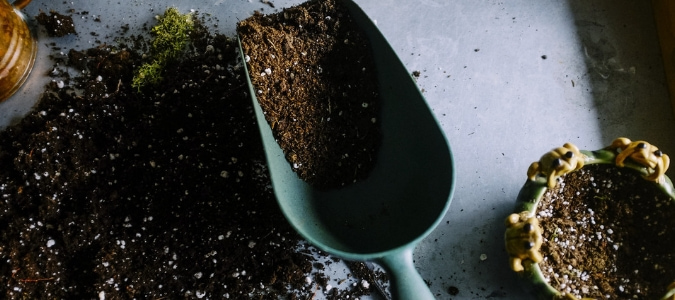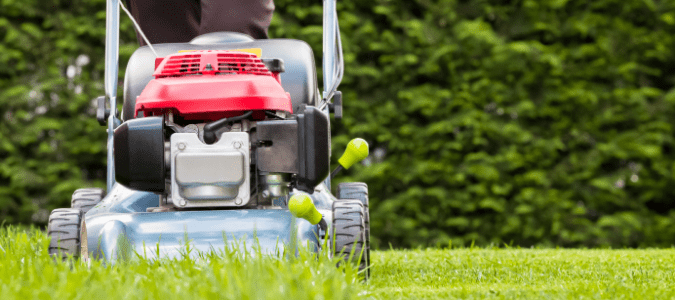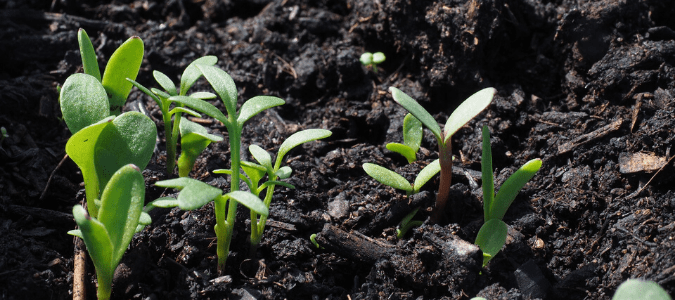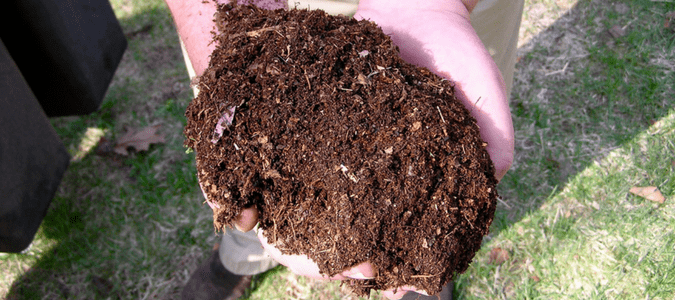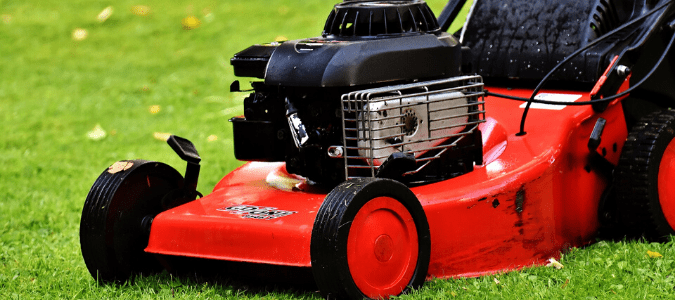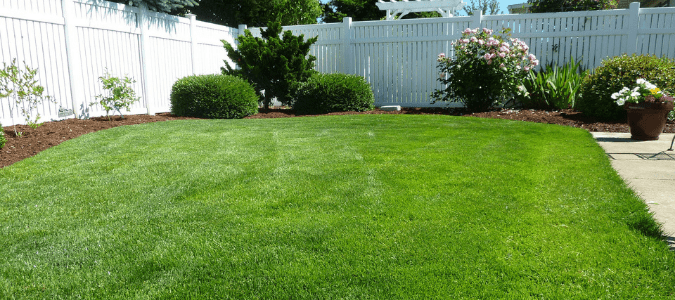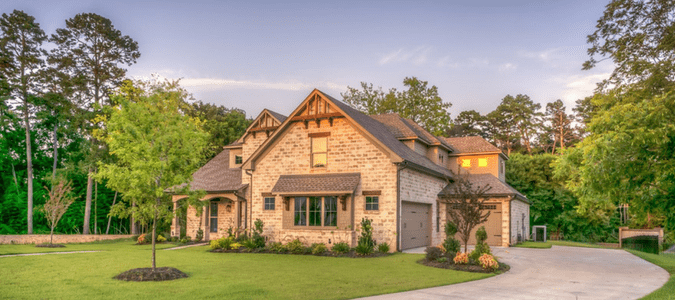What’s the Best Fall Fertilizer for Grass?
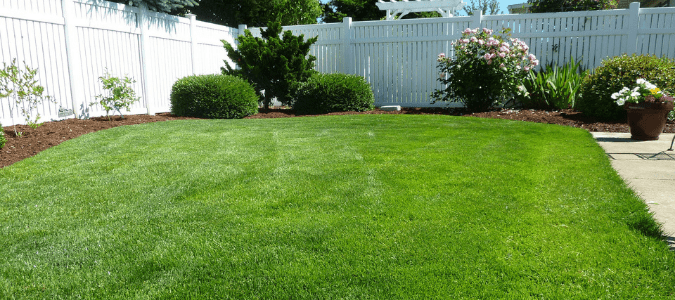
Fall is a great time to take care of your grass and prepare it for the cold winter months ahead. So, when spring rolls around, it can thrive once again. Fertilizing your lawn is an important part of fall lawn maintenance. The best fall fertilizer for your grass will contain extra potassium to help your lawn survive the cold.
Is fertilizing your lawn in the early fall really so important? In a word, yes. Applying the right fertilizer to your grass at the right time will help it strengthen and rebuild any roots that were affected by drought or heat over the summer. Fertilizing will also help kill off weeds and feed your grass the nutrients it needs leading up to winter. Furthermore, applying only as much fertilizer as your grass needs and at the right time of year will reduce the risk of fertilizer runoff that could pollute your local … Read Full Post »
